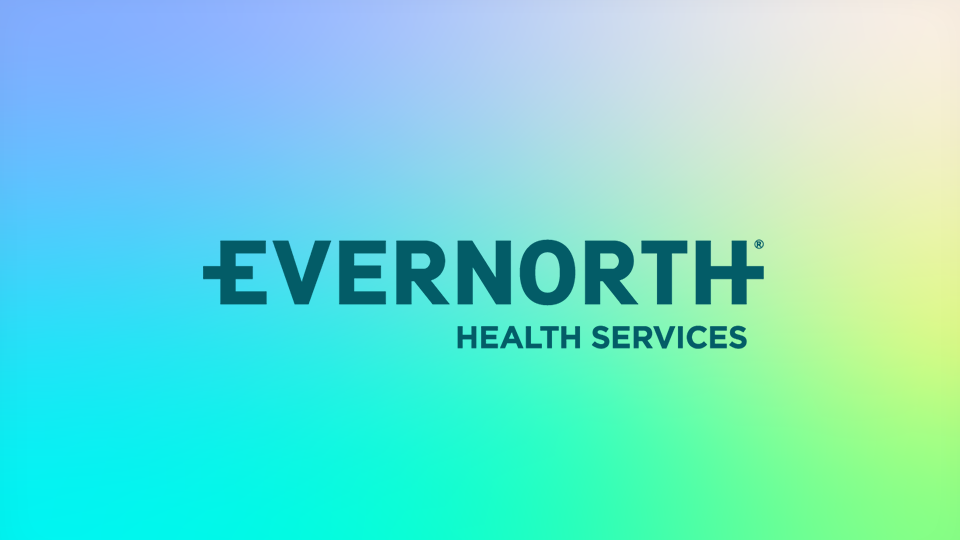Diagnosing and treating breast cancer is one of the most significant challenges facing the health care system. Cancer is the second-leading cause of death in the United States, and breast cancer is one of the most commonly diagnosed cancers in women. The National Cancer Institute estimates that approximately 13% of women will be diagnosed with breast cancer at some point during their lifetime.
Early detection saves lives
Early detection remains one of the most effective tools for improving breast cancer outcomes. According to the American Cancer Society, when breast cancer is found early and in the localized stage, the five-year relative survival rate is greater than 99%.
Mammograms can detect breast cancer before symptoms appear, often catching the disease at a more treatable stage. The U.S. Preventive Services Task Force recommends biennial mammograms for women ages 40 — 74. However, a recent survey found that 60% of women in this age group are not following the recommendation — and 21% have never had a mammogram at all.
As a result, just 54% of treated breast cancers are identified through regular screening. This means there’s a tremendous opportunity to help impacted women catch the disease earlier.
Connecting members to screening for better outcomes
Improving breast cancer outcomes begins with improving screening rates — which means understanding and addressing the reasons women aren’t getting mammograms in the first place.
Some people have general anxiety about medical tests or are fearful of what a potential cancer diagnosis would mean to them and their families. Others are unaware of what screening services are covered by their health plan or employer and may mistakenly believe they’ll face out-of-pocket costs. Even for those who want screening, practical challenges such as travel distance, lack of transportation or inconvenient facility hours can make it harder to attend appointments.
Despite widespread awareness of the importance of preventive screenings, many individuals still face barriers that delay or prevent early detection — particularly for conditions like cancer. Overcoming these challenges requires a more personalized and integrated approach to member engagement.
One effective strategy is proactive outreach: directly connecting with individuals who are due for screenings. These conversations offer an opportunity to educate members on the benefits of early detection, clarify how their health benefits can reduce logistical and financial burdens, and address common concerns that may hinder follow-through.
Another impactful method involves embedding screening reminders into communications that members already expect — such as care authorization updates. When these reminders are delivered through trusted, routine touchpoints, they achieve significantly higher engagement. In fact, outreach integrated into expected communications has demonstrated contact rates as high as 80%1, underscoring the power of timing and relevance in driving action.
By combining proactive engagement with high-trust, integrated communications, healthcare organizations can improve access to preventive screenings, support earlier detection, and ultimately enable better health outcomes across populations.
New treatment advances offer hope
Once breast cancer is diagnosed, there is hope for those facing it. The therapeutics market offers a wide and growing range of treatment approaches, including chemotherapy, hormone therapy, targeted therapy and immunotherapy. In fact, the global market size for breast cancer drugs is anticipated to increase by more than double, from $32.93 billion in 2023 to a projected $78.61 billion in 2033, according to a report from Nova One Advisor.
New treatments are being tailored to different subtypes and stages of breast cancer, fueled by advances in understanding the molecular basis of the disease. These treatments play a key role in pre- and post-surgery care to improve survival rates, minimize side effects and enhance quality of life for patients.
For example, significant research efforts are targeting breast cancers characterized by the overexpression of human epidermal growth factor receptor 2 (HER2). HER2-positive breast cancers, which make up 15%–20% of cases, tend to be more aggressive, requiring targeted interventions. HER2-targeted drugs attack specific proteins on cancer cells to slow tumor growth.
Still, more and better treatment options are needed. Research in breast cancer treatment continues to evolve, and management of breast cancer is becoming increasingly personalized with the use of immunotherapy and targeted agents.
Other areas of breast cancer research include the following:
- Adjuvant radiation therapy: Determining the populations with early-stage, low-risk breast cancer for whom radiation therapy can be safely omitted.
- Proton beam radiation: Testing whether alternative radiation therapies such as proton beam radiation might be more effective than standard radiation.
- Tailored treatment of early-stage breast cancer: Looking at specific characteristics of a person’s cancer to identify the best treatment approach and prevent either over- or under-treatment to achieve the best outcomes.
- Targeted therapy: Personalizing treatment to an individual’s particular cancer based on special molecular tests performed on the tumor itself.
- Drug combinations: Exploring combinations of drugs—such as pairing two targeted therapies, integrating immunotherapy with targeted therapy or chemotherapy, or combining hormone therapy with targeted treatments—to determine if they work better together.
- Cancer vaccines: Testing whether cancer vaccines can help keep the cancer from either worsening or coming back after treatment—or possibly preventing it in the first place.
- There are many ways cancer vaccines work. For example, protein vaccines stimulate the immune system to recognize and attack specific cancer proteins.
- DNA vaccines contain DNA instructions so that once the vaccine is given, the DNA will instruct the body to make proteins to help the immune system recognize and attack cancer cells.
- Antibody-drug conjugates: Expanding the use of antibody-drug conjugates, which combine monoclonal antibodies with chemotherapy drugs to precisely target cancer cells while reducing harm to healthy tissues.
- Treatment of hereditary breast cancer: Discovering new ways to treat women with hereditary breast cancer, since they have a higher chance of cancer recurrence.
- Countering cancer resistance: Finding new treatment options when breast cancer becomes resistant to current treatments.
Ensuring members get the latest evidence-based cancer care
Even the most promising new treatments can only improve outcomes if members are connected to the right ones. Dr. Peter WT Pisters, president of MD Anderson Cancer Center, one of the most prestigious cancer centers in the world, says approximately one in five cancer patients may be getting the wrong treatment.
That’s far too many people not receiving the most effective care.
Part of the challenge is that research is changing so rapidly. The National Comprehensive Cancer Network (NCCN) — a nonprofit alliance of 33 leading cancer centers — and the gold standard in patient care, research and education — updated its clinical guidelines more than 200 times in the past year alone, including several related to breast cancer.
In such a dynamic environment, it’s critical to have tools that assist practicing physicians in effectively using the latest evidence-based treatment guidelines. EviCore by Evernorth’s medical oncology solution uses a highly advanced and dynamic clinical decision-support (CDS) tool that helps providers quickly identify the most appropriate treatment options based on each patient’s unique clinical situation and the most up-to-date evidence.
The impact of this kind of support is clear. For example, after just one year of partnering with EviCore, providers’ average adherence to NCCN guidelines for medical oncology drug management went from 75% to 88% across four health plans.
Ensuring patients receive both timely breast cancer screening and the most up-to-date evidence-based treatments gives them the best chance at better health outcomes. By identifying breast cancer earlier and connecting members to the right care based on their unique clinical profile, the disease can be treated with less invasive options that are more likely to succeed. With rapidly evolving research and innovation, it is critical to stay at the forefront of both prevention and treatment. Health plans are uniquely positioned to close gaps in care, reduce disparities and help more people live longer, healthier lives after a breast cancer diagnosis.
Originally published on 5/22/2025 and updated on 10/1/2025.
When it comes to preventive care outreach, EviCore partners with health plans to make the process as smooth and easy as possible. As an enhancement to its specialized utilization management solutions, EviCore’s Preventive Care Outreach program can help health plans improve health outcomes, lower costs and increase CMS scores.



